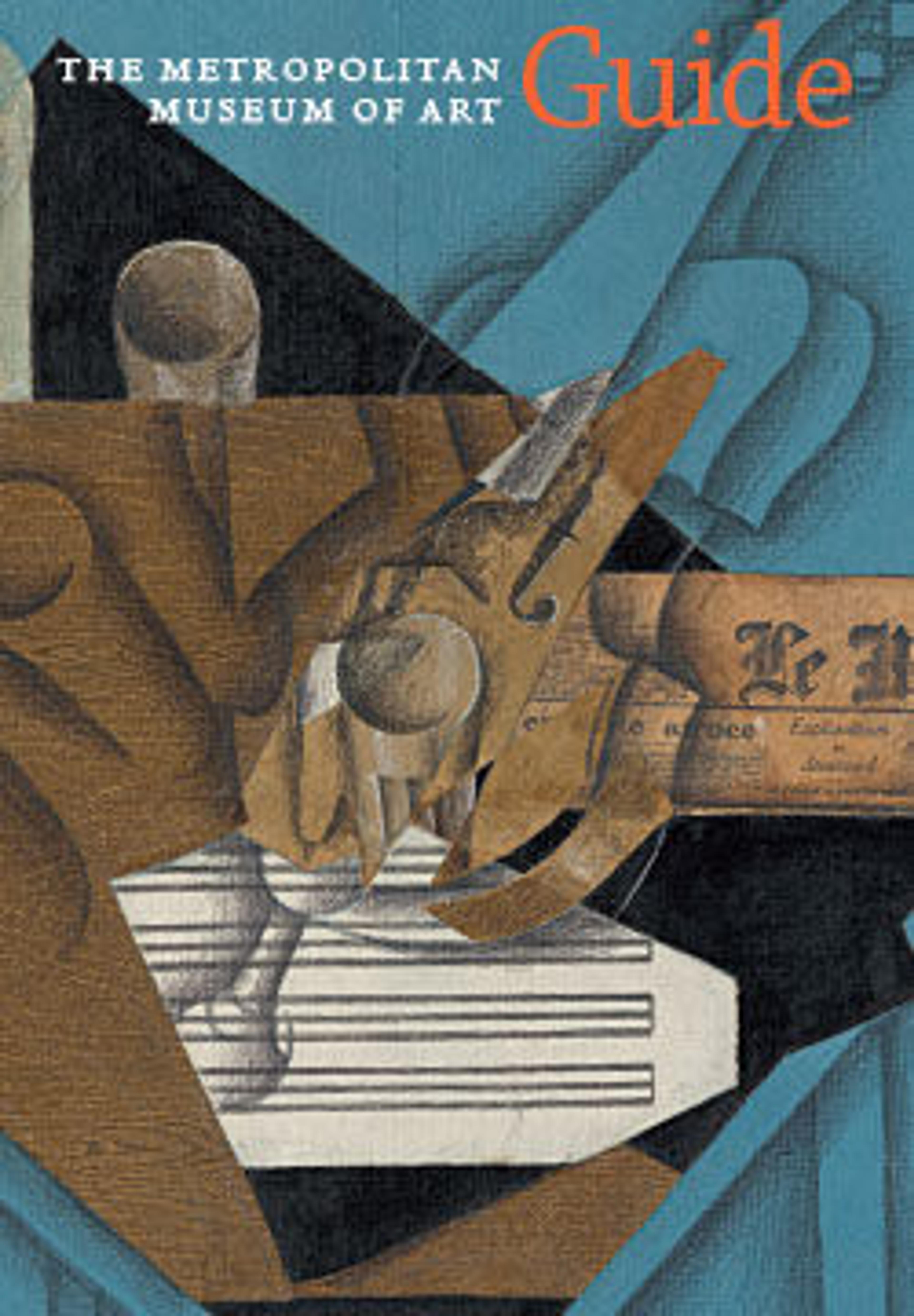English
Whalers
Turner was seventy years old when Whalers debuted to mixed reviews at the Royal Academy exhibition of 1845. Its subject proved elusive, as the English novelist William Thackeray observed: "That is not a smear of purple you see yonder, but a beautiful whale, whose tail has just slapped a half-dozen whale-boats into perdition; and as for what you fancied to be a few zig-zag lines spattered on the canvas at hap-hazard, look! they turn out to be a ship with all her sails." Apparently Turner undertook the painting—which was returned to him—for the collector Elhanan Bicknell, who had made his fortune in the whale-oil business.
Artwork Details
- Title: Whalers
- Artist: Joseph Mallord William Turner (British, London 1775–1851 London)
- Date: ca. 1845
- Medium: Oil on canvas
- Dimensions: 36 1/8 x 48 1/4 in. (91.8 x 122.6 cm)
- Classification: Paintings
- Credit Line: Catharine Lorillard Wolfe Collection, Wolfe Fund, 1896
- Object Number: 96.29
- Curatorial Department: European Paintings
Audio
6044. Whalers
0:00
0:00
We're sorry, the transcript for this audio track is not available at this time. Please email info@metmuseum.org to request a transcript for this track.
Listen to more about this artwork
More Artwork
Research Resources
The Met provides unparalleled resources for research and welcomes an international community of students and scholars. The Met's Open Access API is where creators and researchers can connect to the The Met collection. Open Access data and public domain images are available for unrestricted commercial and noncommercial use without permission or fee.
To request images under copyright and other restrictions, please use this Image Request form.
Feedback
We continue to research and examine historical and cultural context for objects in The Met collection. If you have comments or questions about this object record, please contact us using the form below. The Museum looks forward to receiving your comments.
